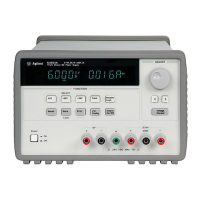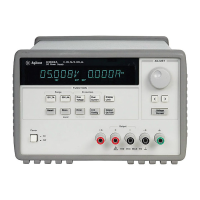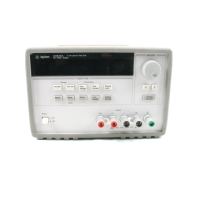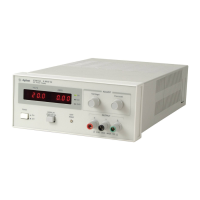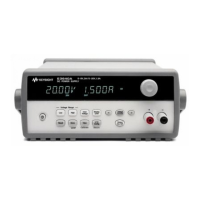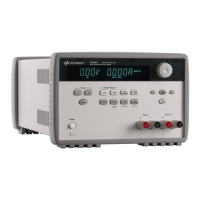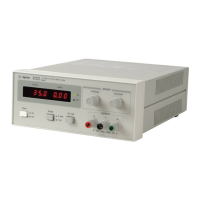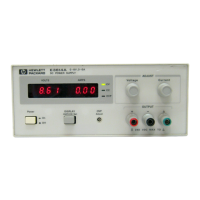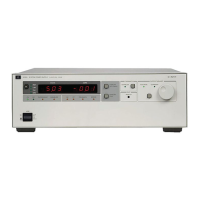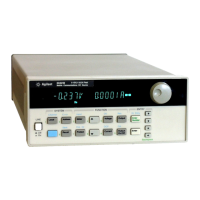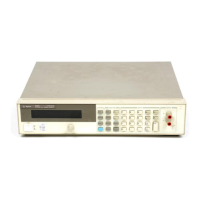Chapter 3 Calibration Procedures
Automating Calibration Procedures
46
Automating Calibration Procedures
You can automate the complete verification procedures outlined in this chapter
if you have access to programmable test equipment. You can program the
instrument configurations specified for each test over the remote interface.
You can then enter readback verification data into a test program and compare
the results to the appropriate test limit values.
You can also enter calibration constants from the remote interface. Remote
operation is similar to the local front-panel procedure. You can use a computer
to perform the adjustment by first selecting the required setup. The calibration
value is sent to the power supply and then the calibration is initiated over the
remote interface. The power supply must be unsecured prior to initiating the
calibration procedure. An example program of Excel 97 for calibration over
the GPIB interface is listed at the end of this chapter.
For further details on programming the power supply, see chapters 3 and 4 in
the Agilent E3633A and E3634A User’s Guide.
Test Considerations
To ensure proper instrument operation, verify that you have selected the
correct power-line voltage prior to attempting any test procedure in this
chapter. See page 24 in chapter 2 for more information.
Ensure that all connections of terminals (both front panel and rear panel) are
removed while the power supply internal self-test is being performed.
For optimum performance verification, all test procedures should comply with
the following recommendations:
• Assure that the calibration ambient temperature is stable and between 20°C
and 30°C.
• Assure ambient relative humidity is less than 80%.
• Allow a 1-hour warm-up period before verification or calibration.
• Use short cables to connect test set-ups.
Caution The tests should be performed by qualified personnel. During performance
verification tests, hazardous voltages may be present at the outputs of the power
supply.
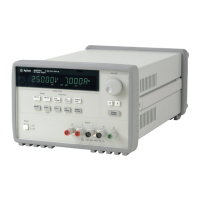
